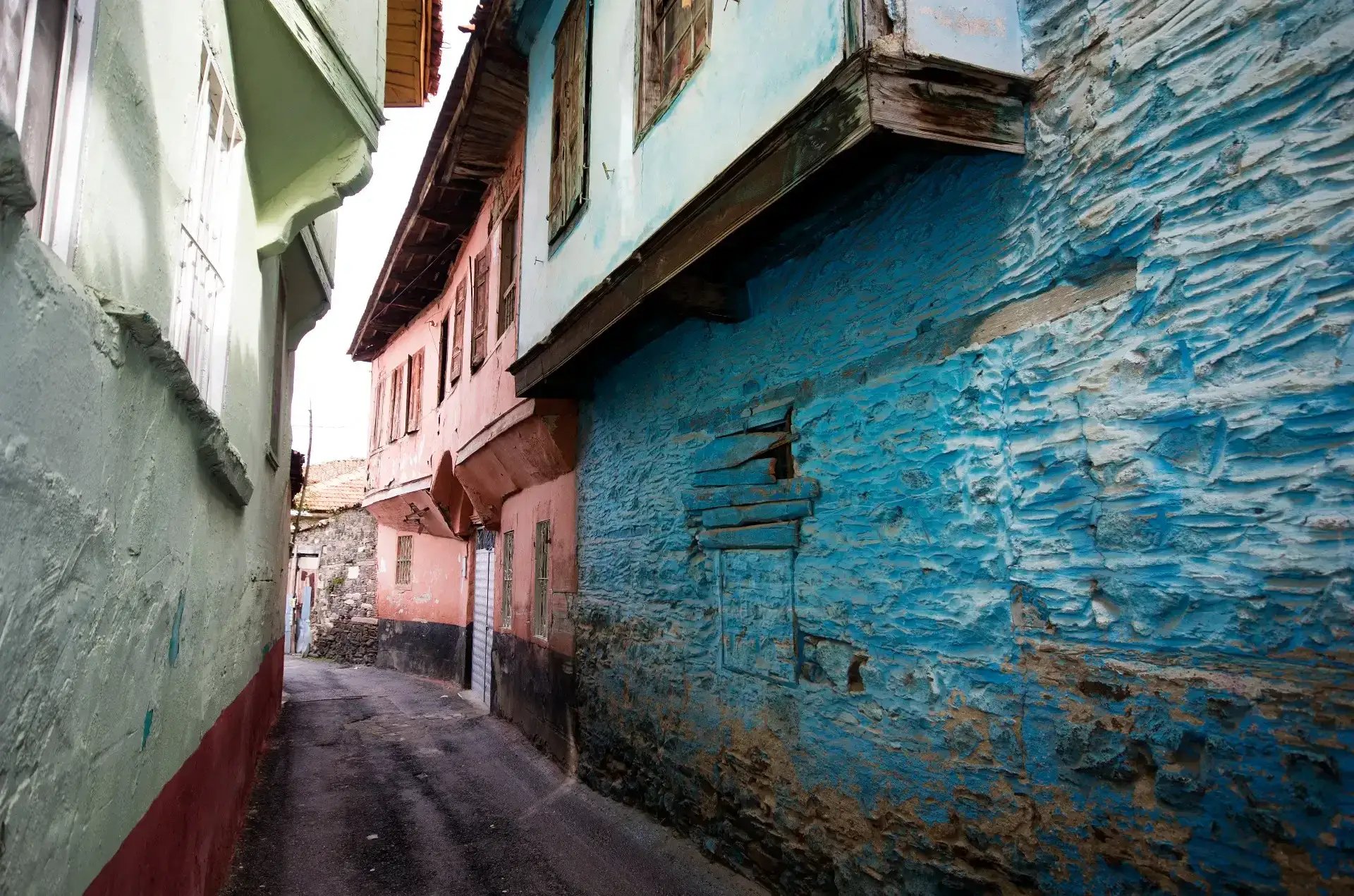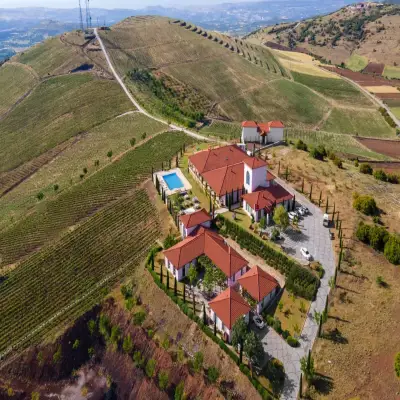
Kula Guide
The lands of our country are so beautiful that traveling and seeing never ends. Our next stop is Kula, the land of fairy chimneys, volcanic lands and history. Everyone remembers the first place that comes to mind when it comes to fairy chimneys, namely Cappadocia, but there are fairy chimneys not only in this region but also in Kula in Manisa. In addition, Kula's soil is volcanic and therefore extremely fertile. The district was built on a previously active but now passive land. Its beauty does not only come from here, Kula has a history just like Manisa. Today there are many restored inns, baths, mosques, churches and caravanserais. Some of them are also used as restaurants today. You will find yourself in the depths of history while walking through the arastas and bazaars. Our biggest recommendation to you is that when you come to Kula, you should definitely see the unique narrow streets and Kula Houses. Take a breath and have a tea and coffee in these narrow stone streets where there are many places. Meet the local people, you will hear very special stories about the daily life of those friendly and sincere builders.
Kula and its surroundings are also symbolized by Yunus Emre and Tapduk Emre. You can visit the graves of Yunus Emre and Tapduk Emre. Never neglect to buy Kula's famous chickpeas. Kuladokya, which is similar to Cappadocia, is one of the most important places to visit. There are nearly 600 registered houses in Kula, be sure to visit one of them, especially the houses in Zaferiye neighborhood. Some of these houses are also used as museums. While touring the Kula Bazaar, you will also understand what hand labor is. The craftsmen here display their copper, carving and wood works with a thousand skills. We know that you will remember Şener Şen's movie 'Değirmen' while visiting the place known as Damyan Efendi Mansion. In short, Kula means culture and nature.
For accommodation suggestions, you can check our Kula Hotels page.


